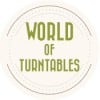What Is a Turntable (Record Player) ?
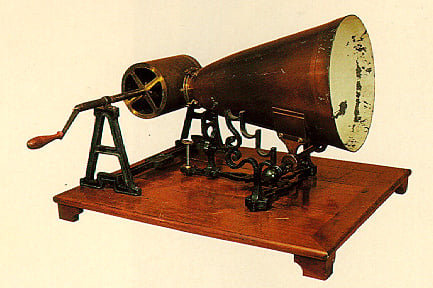
The beginnings of phonography
History recording and storing music on the sound recordings began in the second half of the 19th century. The period of the formation of sound recordings is mostly divided into acoustic period and period of electronic sound production. In akustičkome period of sound recording (1877th-1925th) recording techniques were completely mechanically and they lacked the pace and scope of sound frequencies. Only since 1925, starts electric sound recording which is not only to repair the deficiencies already allowed the recording of a large number of performers.
Particularly interesting are the inventions of individuals who have thoroughly changed musical history. In 1857 the French typographer and physicist Léon Scott de Martinville was made by Phonautograph (phonoautograph) which consisted of facing a megaphone or trumpet with a thin membrane over the edges. As the membrane responded to vibrations of sound waves, her movements created notches on the cylinder. Louder noises caused greater amplitude and higher frequency sounds higher. Twenty years later Charles Cros made a study containing proposals for sound reproduction, even he is assigned and the number of patents, but the idea was never realized in practice.
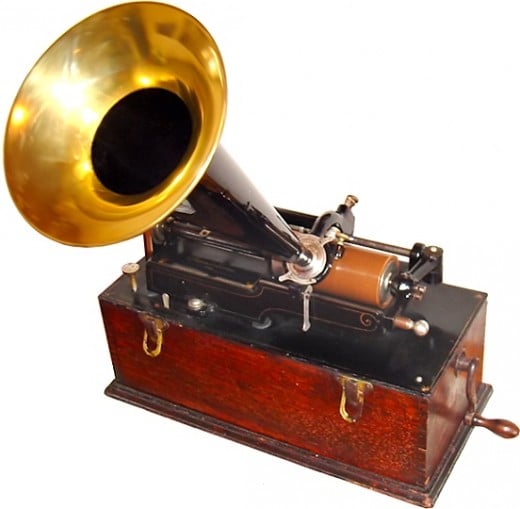
The emergence of the phonograph
Thomas Edison (1847th to 1931st) invented in 1877, a device that could record and reproduce telephone and telegraph messages. Edison was called phonograph (phonograph), and the first recorded words were Mary had a little lamb. The first sound recording on the phonograph held the vertical incisions in the cylinder phonograph, which was first wrapped in tin foil, and only after waxed. During 1878, produced almost 500 phonograph, Edison and soon developed a perfected phonograph which consisted of wax rollers which could be re-used.
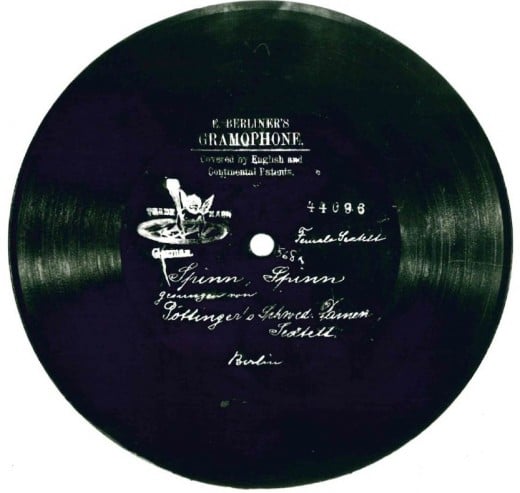
Turntable and vinyl record
The next great invention was the German Emile Berliner (1851st to 1929th), who in 1887 developed a method of recording sound using lateral cut grooves, and not as it previously worked Edison, vertical incisions in the roller plate. The discovery can be considered a predecessor of today's vinyl records. The first test plates were made of glass and coated with soot, while later made of zinc coated with wax. Emil Berliner of 1888 applies lateral incision in the zinc plate which allows you to create a matrix for making the plates. This principle of creating a panel opens the door to commercialization and the very next, in 1889 the United States began mass production and sales of phonograph and rollers as well as devices for entertainment. The first vinyl record did not have paper labels, they were one-sided, and the text was carved in the very body of the LPs.
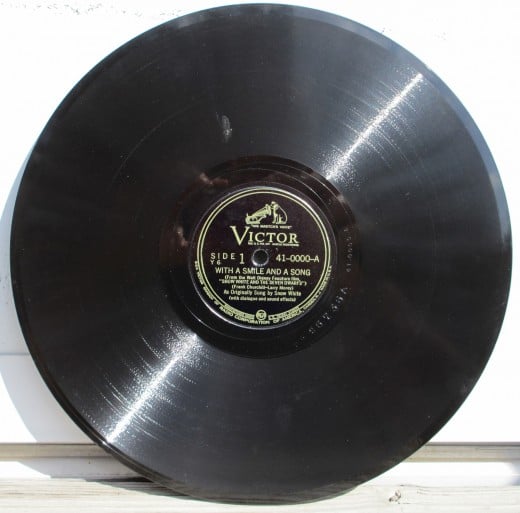
Shellac gramophone records
In 1895 started production of slabs of hard rubber, and only since 1897 began production of plate material was called shellac. Shellac is a component material for gramophone records which were made from 1896 to 1948. Shellac is, in fact, a resinous product insect coccus lacca which is widespread in India, Burma and Thailand. The first was dried and grinded and this was one of the component materials of a shellac gramophone records. Within the shellac plates minerals, carbon black and a binder in proportions - 13.6 percent shellac, white and red filler (each at 37.4 percent), carbon ink (1.3 percent), zinc stearate (0.49 percent) and congo gum (0.92 percent).The first shellac plates were reproduced on one side and had a diameter of 12.5 cm, while the diameter 25 cm plate 1901 formed, and those of 30 cm only in 1903. years.
It is interesting that the artists of the time difficult to fit in the recording panel, showing resistance and distrust of new art technology - a turntable and phono board. However, some of the world-renowned artists who have recorded the work in the turntable were Nellie Melba, Enrico Caruso and others. Also, at the time of an acoustic sound recording rare recordings of instrumental music on the plates due to technical inability to record sound. In this sense, the violin proved to be the only satisfactory instrument sound as it can be set close enough pipes to record.
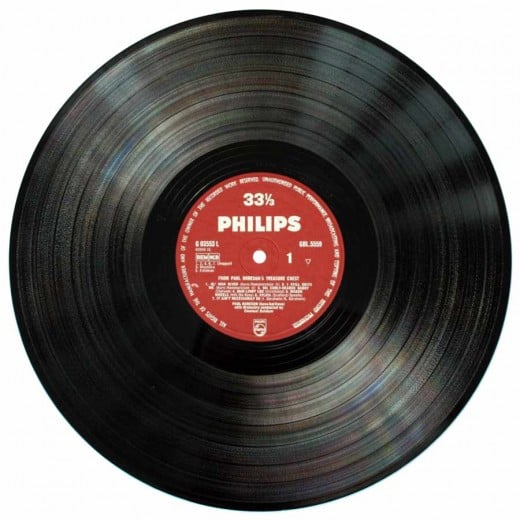
Vinyl Records
Electronic period lasted until 1950, when it appeared the first LP (long play) record, made of vinyl, released by Columbia Records. Its diameter was 30 cm, and the duration approximately 45 minutes embodiment. She performed at 33 r / min, unlike the earlier which were performed at 78 r / min, and became almost world standard. Longer playing time LP records achieved by the following:
- speed is decreased by almost half
- microgroove were made much finer and rope are cut.
All this, and much better sound quality, it is possible to achieve thanks to vinyl, the new material for the production of vinyl records. The further development, in addition to board the 33 r / min, and created a panel to 45 / min, the so-called. singles, so that both the stabilized standard production boards.
Numerous production of vinyl records maintained until the 1980s, although their production is constantly there to this day, even recorded growth in sales and vinyl records in the world.
Conclusion
So, what do you say ? Do you intend to buy a turntable ? If you do, please don't be hasty. Consider your budget and google it. There are many of websites which have record player for sale, with a turntable reviews and specifications of each turntable. So, buy smart !
